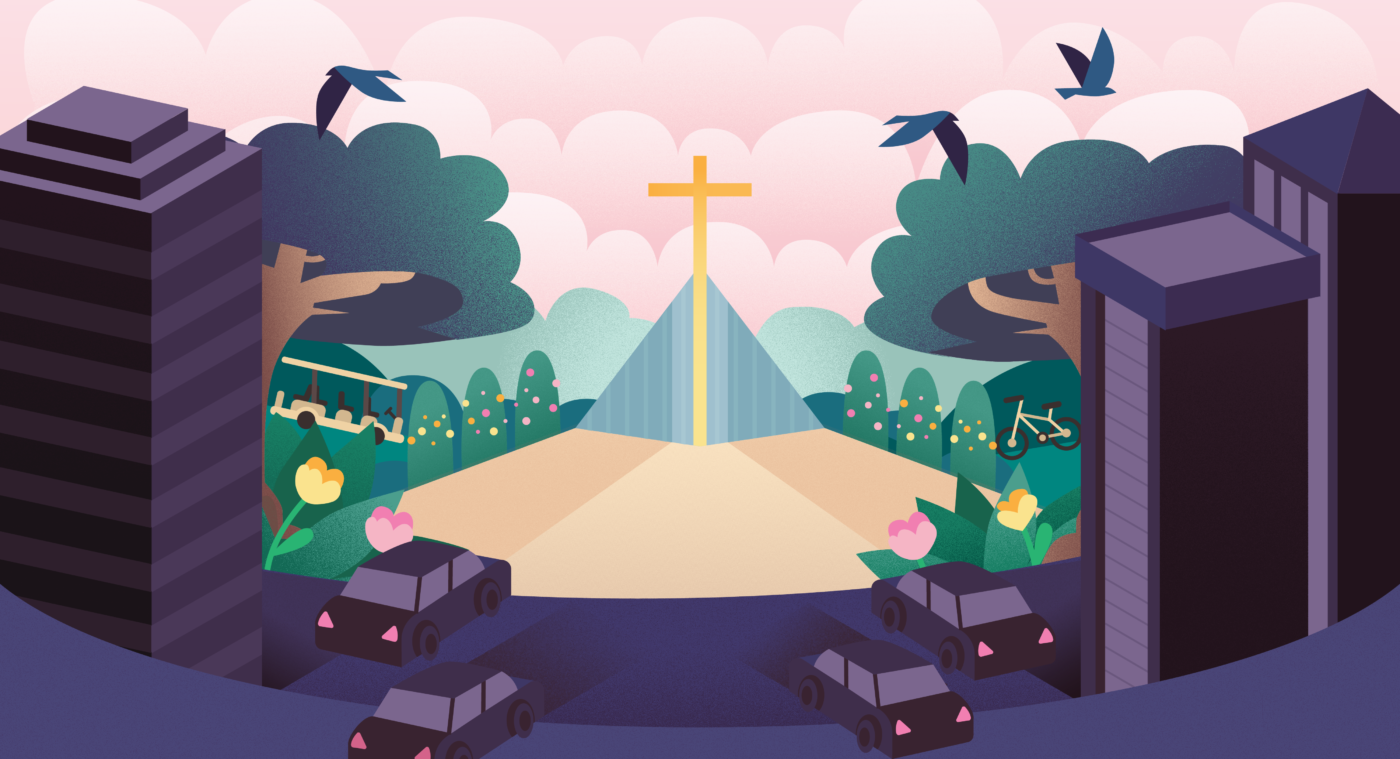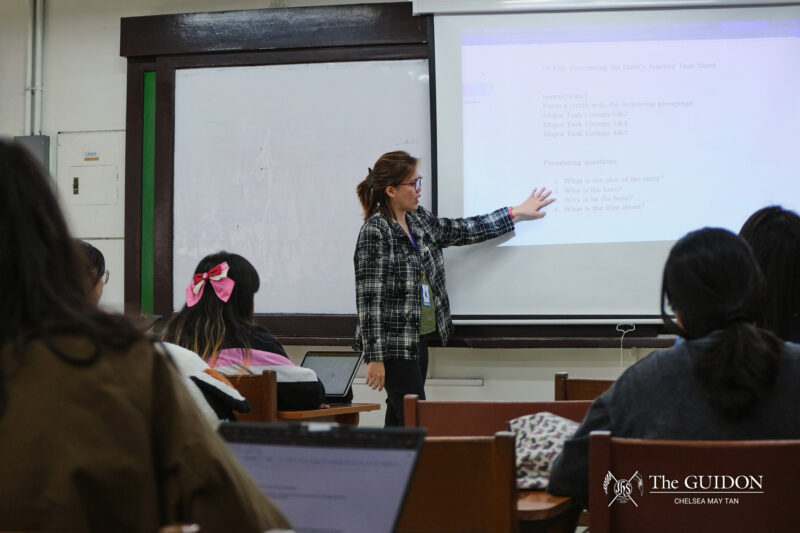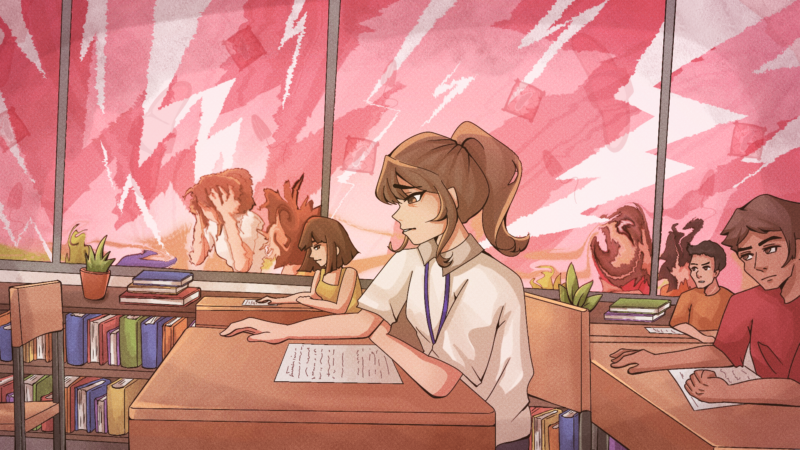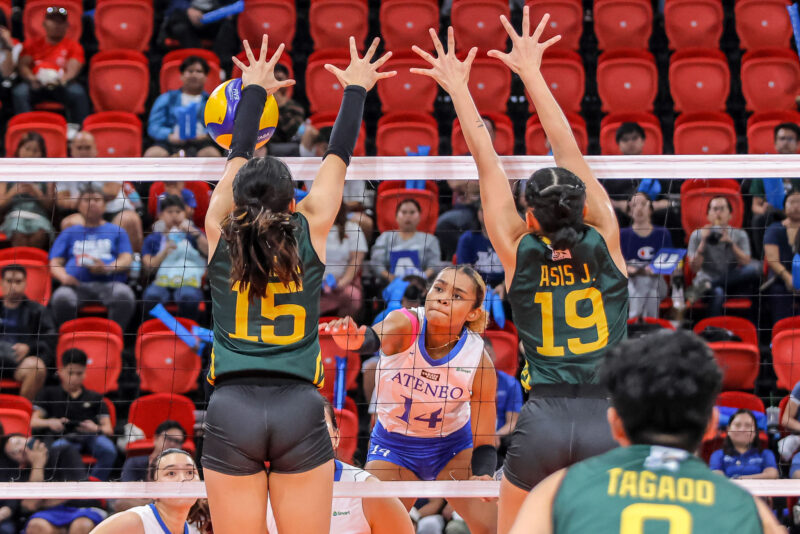BEING ONE of the few green spaces left in Metro Manila’s concrete jungle, the Ateneo continuously carries out its sustainability programs in recognition of its rich biodiversity. In an open forum held last January, it revealed that its Campus Master Plan hopes to build a University environment facilitating a “balanced ecosystem,” which includes the reconstruction of several campus structures.
With these infrastructural projects, concerns from the community arise on how these plans will impact the University’s dense and verdant vegetation, which benefits not only Ateneans but more importantly the wildlife inhabiting the campus.
Save or stamp out?
Since 2013, the Ateneo Institute of Sustainability (AIS) has continually updated the list of bird and tree species found within the Ateneo’s luscious foliage. Serving as “the vehicle of the University’s environment-development agenda,” the AIS documents the diverse set of flora and fauna in campus through its triennial Ateneo Sustainability Report (ASR). The first ASR was published in 2014 and was consistently continued in 2017 and 2020, but none have been released publicly for 2023.
Notably, the number of documented tree species increased steadily within the period of the three reports, starting with 44 native and invasive species in 2014. Three years later, the number increased to 52. By 2020, only the native trees were recorded, amounting to 80.
Vice President for Administration Rodolfo Ang divulges the University’s plan to take out on campus all mahogany trees listed as invasive. He says the decision was approved by the AIS and the Campus Grounds Advisory Committee, which he also heads.
In reviewing proposals in the Campus Master Plan, Ang explains that he is “guided by the scientists” regarding campus sustainability and biodiversity preservation efforts.
Elaborating on the threats posed by invasive species, Ateneo Environmental Science Society President Harley Legaspi (4 BS ES) points out the ecological dead zones that invasive species of trees create. He says that no other organism from the surrounding area benefits from the nutrients other than the invasive tree itself.
Similarly, Environmental Science Assistant Professor EnP Katherine B. Buenaflor, PhD shares the same sentiment. She explains that the removal of invasive trees fosters a more balanced ecosystem, eventually increasing the campus’ overall species richness.
Bridging sustainability
While removing invasive species can largely help in improving Ateneo’s biodiversity, Buenaflor expounds on the constraints the campus biodiversity may potentially face in cutting down invasive trees. Among them is the possible temporary loss of habitat for generalist species due to the lengthy time for maturity of replanted native trees.
Additionally, Legaspi notes that invasive trees are essential to the conversion of carbon dioxide into something more viable for the environment. As such, removing these trees may cause hotter temperatures stemming from an absence of shade.
However, Buenaflor argues that the temperature increase can only be temporary. She explains that the native trees replacing the invasive ones may restore the cooling effect over time. Thus, she ultimately recognizes that the decision to remove these trees is a step in the right direction for the campus ecosystem.
Meanwhile, Ang shares the University’s plan to create spaces for wildlife and habitat flourishing in the non-buildable areas of the Campus Master Plan. He adds that future constructions will be vertical to prevent the reduction of green spaces on campus.
The 2017 ASR indicates that at least 60% of the campus land area would be allocated to open and green spaces. However, the allocation noticeably went down to 50% in the 2020 ASR.
With this, Buenaflor says that effectively managing these green spaces is crucial in maintaining ecology in the campus. “[The allocation must] ensure that these green spaces are not just preserved but actively managed to maximize their ecological value,” she states.
Essential spaces
In the daily hustle and bustle on campus, Buenaflor notes that having access to more natural spaces improves one’s overall functioning and strengthens communal value.
Following this, Legaspi encourages students to take interest in campus biodiversity issues. “No matter how you think your voice doesn’t matter […], even a signature actually helps a lot towards these types of issues and advocacies,” he says.
Amid the impending infrastructure plans, Ang assures the community that the Ateneo’s regard for campus green spaces remains upheld. “No one project can supersede our overall commitment to maintaining a beautiful campus,” he stressed.
Central to promoting environmental management and community well-being is Ateneo’s campus biodiversity. Continued efforts in biodiversity conservation prove to be vital as the cornerstone for preserving the green sanctuaries nestled within the campus grounds.







